Warwick Castle, located in the picturesque county of Warwickshire, UK, is a stunning example of a medieval fortress with deep historical and architectural significance. Standing proudly on the banks of the River Avon, the castle has undergone a remarkable transformation from a modest wooden structure to a grand stone fortress. With over 950 years of history, it offers an insightful glimpse into the evolution of England’s military, political, and social structures during the medieval period.
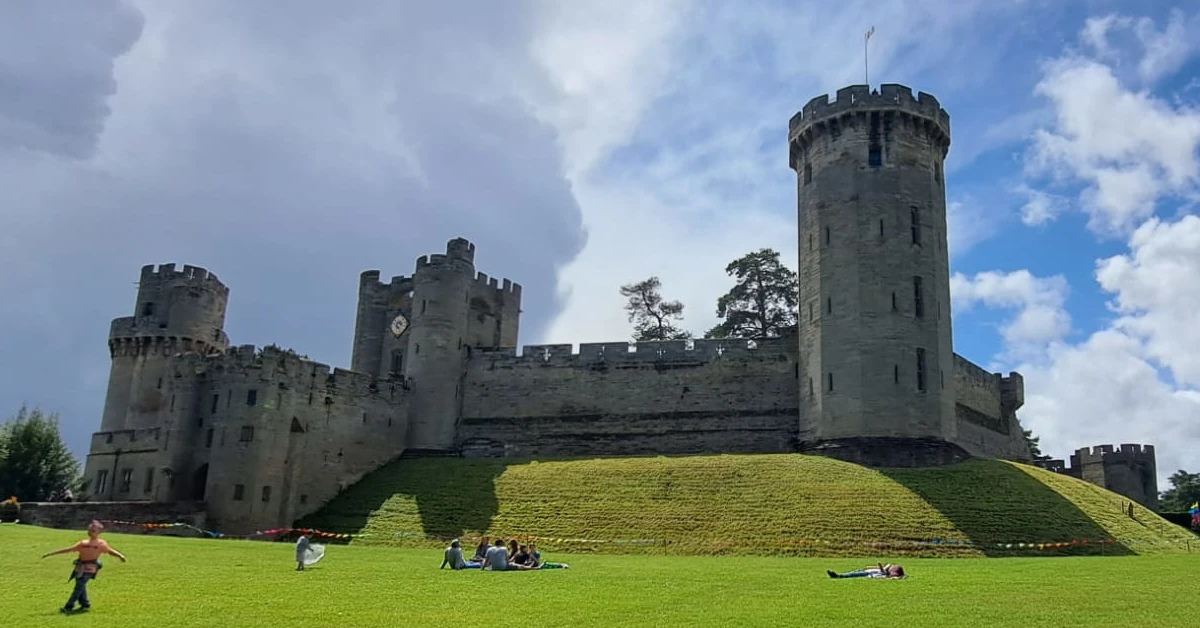
The Origins of Warwick Castle
Warwick Castle was originally built in 1068 by William the Conqueror as part of his strategy to consolidate power after his successful invasion of England. Initially constructed as a motte-and-bailey fortification, the castle was designed to assert control over the surrounding area and deter rebellion. The motte-and-bailey design was characterized by a raised earthwork mound (the motte) with a wooden structure on top, surrounded by an enclosed courtyard or bailey.
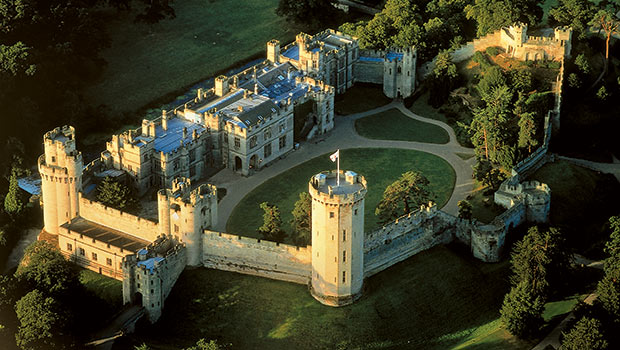
As the centuries progressed, Warwick Castle was expanded and fortified. What began as a wooden fort became an imposing stone structure, reflecting the growing wealth and power of the Earls of Warwick, who owned the castle for over 500 years. The castle’s strategic position on a hilltop allowed it to overlook the surrounding landscape, providing a defensive advantage and offering magnificent views of the River Avon.
The Castle’s Architectural Evolution
Over the centuries, Warwick Castle was continuously expanded and modified to meet the changing needs of its occupants. From its initial wooden construction, the castle evolved into a formidable stone fortress, complete with imposing towers, defensive walls, and ornate chambers.
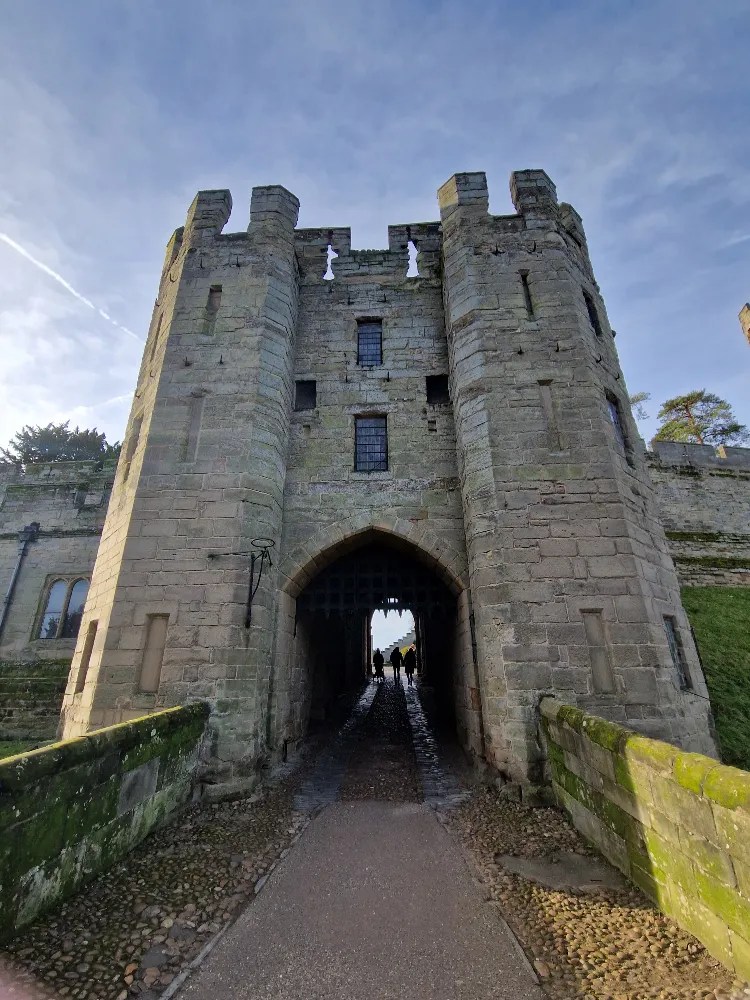
One of the most iconic features of Warwick Castle is Guy’s Tower, a massive cylindrical tower that offers spectacular panoramic views of the surrounding countryside. The tower is named after Guy of Warwick, a legendary hero in English folklore, and has stood as one of the castle’s key features for centuries.
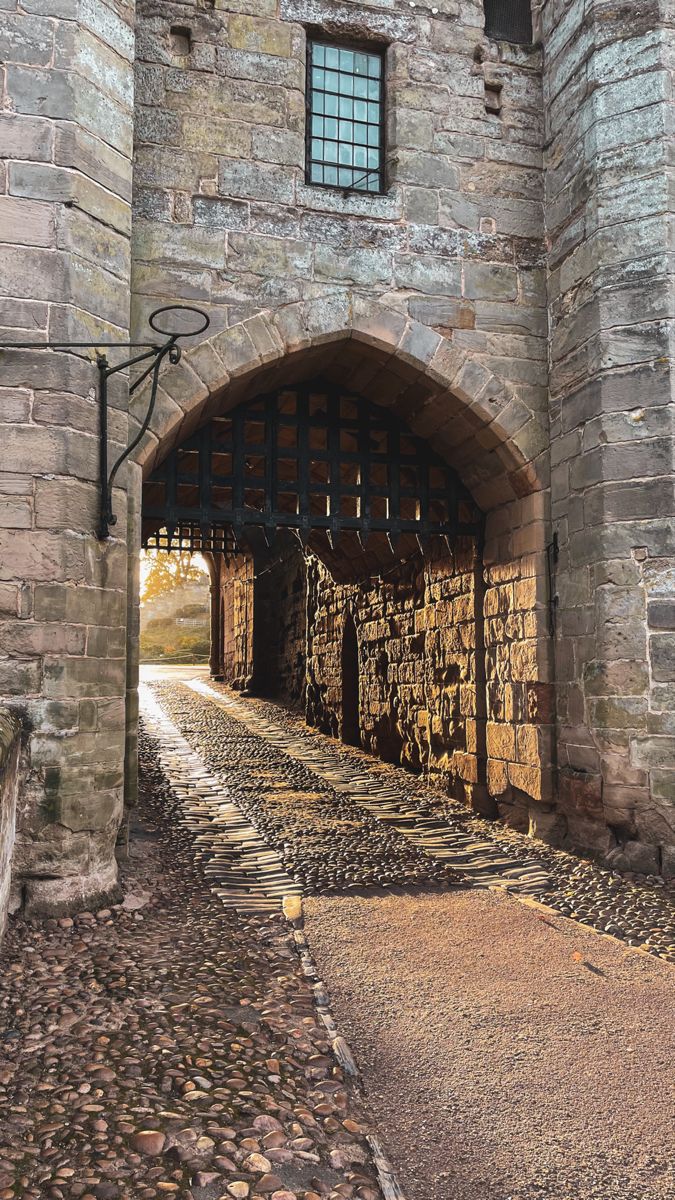
Another notable architectural element is the Great Hall, which was once the heart of medieval noble life. It was used for banquets, celebrations, and important gatherings, and its grandeur reflects the status and wealth of the Earls of Warwick. Visitors can explore the state rooms, which offer a glimpse into the luxurious living conditions of the medieval nobility.
Cultural and Historical Significance
Beyond its military and political role, Warwick Castle is also a cultural treasure. It has served as the backdrop to many important events in English history, from feasts and jousting tournaments to political intrigue. The castle’s long association with the Earls of Warwick, one of England’s most powerful families, helped shape the nation’s history.
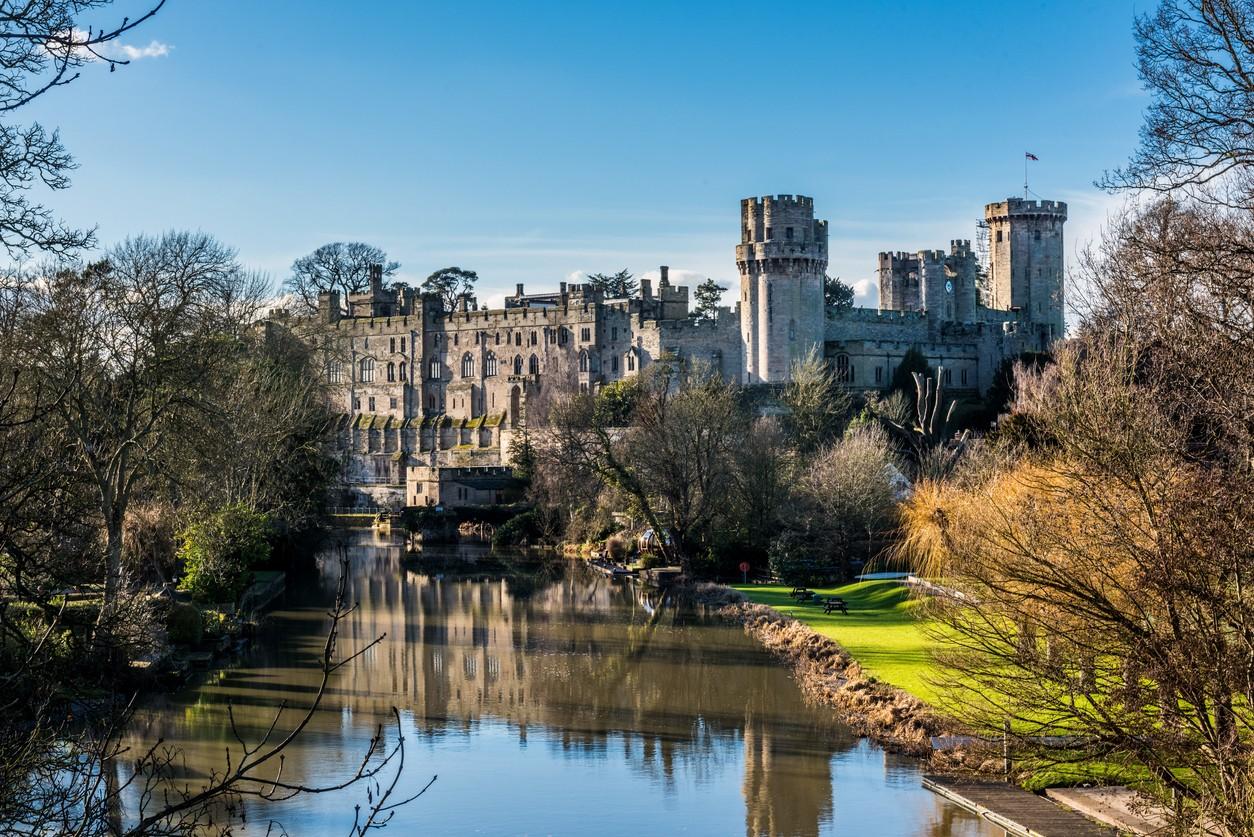
Inside the castle, visitors can explore a vast array of historical artifacts and artwork, many of which reflect the rich cultural heritage of the medieval period. These collections offer insight into the lifestyle, fashion, and artistic tastes of the time. The castle’s historical exhibits bring to life the lives of the people who once lived and worked within its walls, providing a more personal connection to the past.
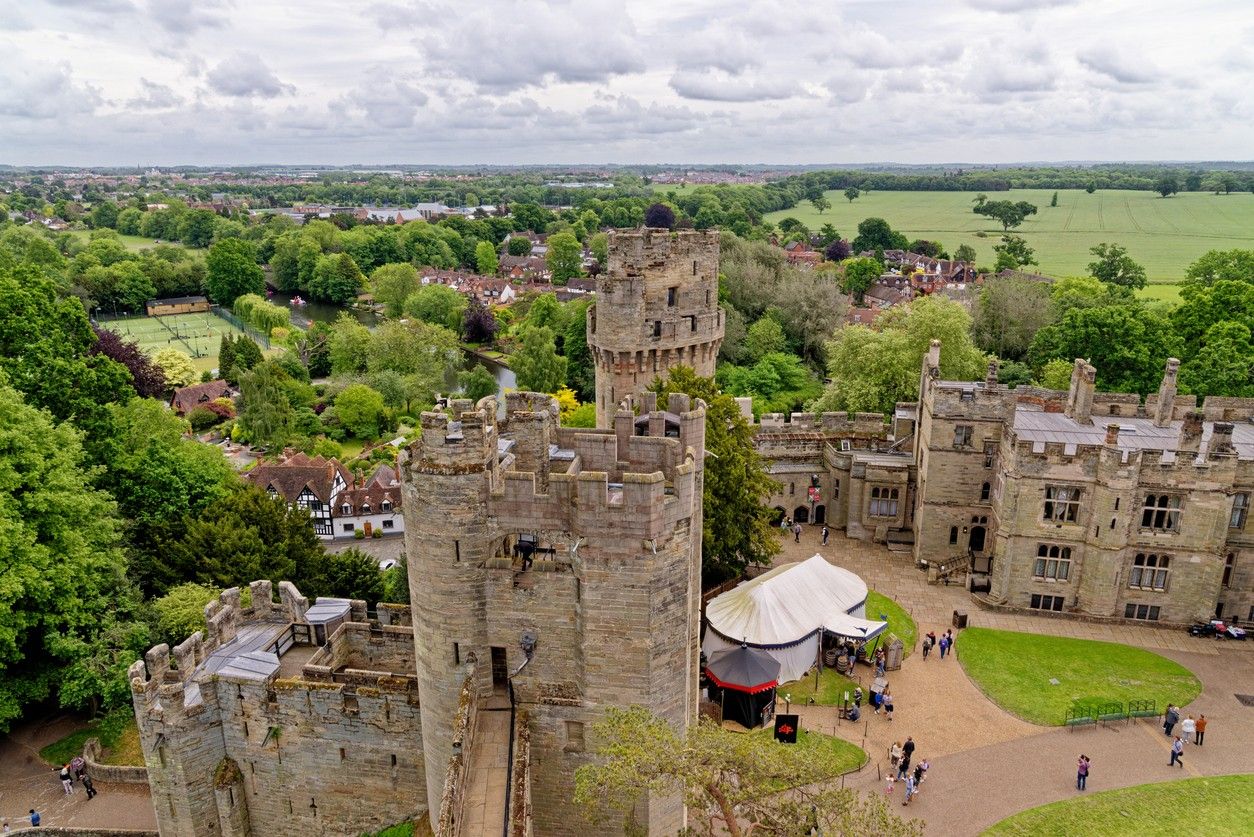
The grounds surrounding Warwick Castle are also an essential part of its charm. The expansive gardens, carefully designed to reflect the grandeur of the castle, provide a serene space for visitors to explore. The Earl’s private chapel, located within the castle complex, is a beautiful example of medieval religious architecture, adding to the site’s historical and spiritual significance.

Warwick Castle Today
Today, Warwick Castle is a popular heritage site and an educational destination for visitors from all over the world. The castle’s well-preserved towers, dungeons, and state rooms offer a fascinating look into England’s medieval history. Through its immersive exhibits and interactive displays, Warwick Castle continues to educate the public about the medieval era and the significant role the castle played in the country’s development.
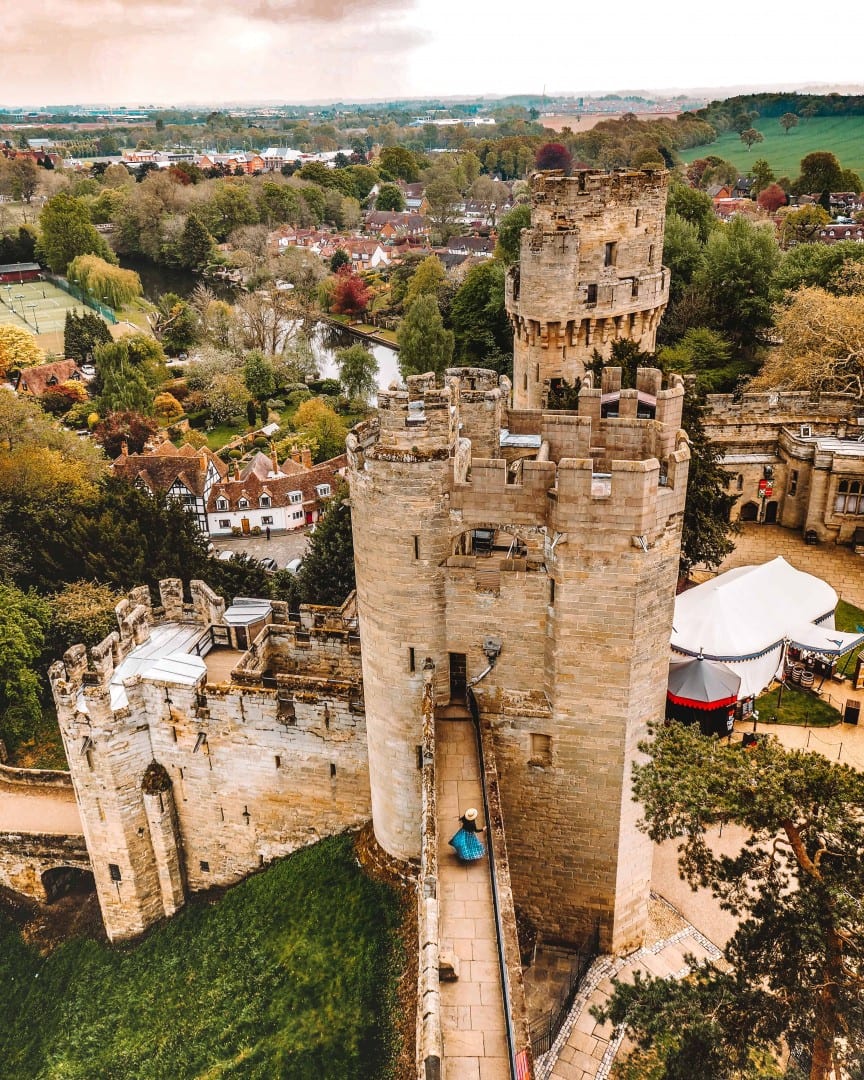
Warwick Castle also attracts visitors with its scenic beauty. The riverside walk along the River Avon provides a peaceful setting to admire the castle’s stunning architecture and the surrounding countryside. The castle’s position on the hilltop offers picturesque views, making it a perfect spot for photography and enjoying the natural landscape.
Conclusion
Warwick Castle is not only an architectural marvel but also a symbol of England’s rich and enduring heritage. Its centuries-old towers, dungeons, and chambers reveal the country’s medieval past and offer a glimpse into the lives of the nobility during that time. As one of the best-preserved castles in England, Warwick Castle continues to captivate visitors with its history, beauty, and cultural significance. Today, it remains a testament to the ingenuity and legacy of medieval England, providing an unforgettable experience for those who visit.

